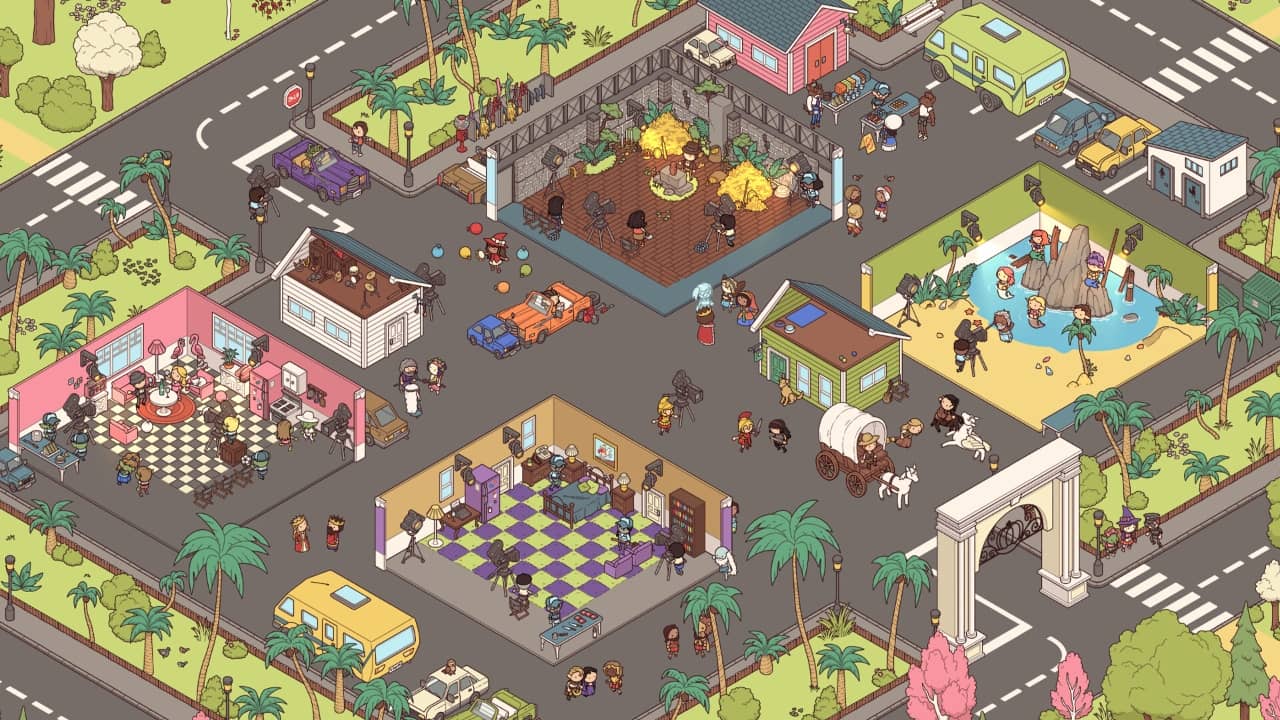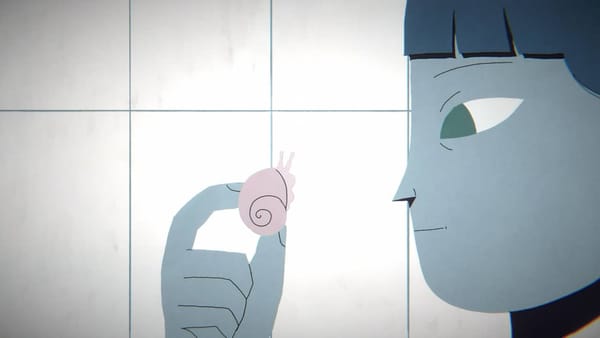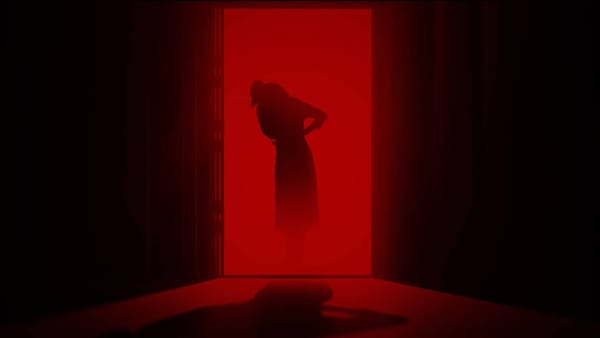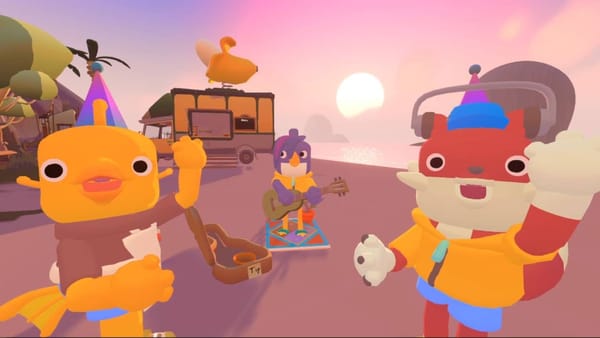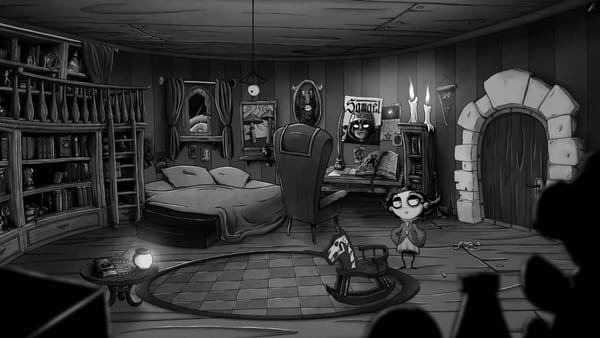In preparation for Hidden Through Time 2: Myths and Magic, I went on a Steam rampage and bought loads of hidden object games ranging from 100 Hidden Mushrooms to Hidden Cats in London to Rogueside’s original game, Hidden Through Time. And yes, I purchased all the DLC.
To say I’ve been binging on the genre is an understatement, so when a review code came through for the latest in the series, I was keen to show off my eagle eye and smash through each era in the campaign. That enthusiasm wasn’t lost, but the tempo most definitely dropped on my part.
Hidden Through Time 2: Myths and Magic is unquestionably more challenging than its predecessor. The first game was child’s play, though, with the hint system, it doesn’t take too long to locate an elusive artefact. In this sequel, maybe the levels are more complex, the objects are discreet, or the hints are slightly ambiguous and open for interpretation. Answer: it’s all of them.

The first thing you’ll spot is the art style. It’s distinctive, cute, and often amusing, with the detail level increased and everything sharper when zooming in. Rogueside has experimented more with colours this time, and it’s not uncommon to miss some of the objectives as they camouflage into the scenery.
Making the game more challenging is well received as you’ll put much more thought into it, and it won’t be a sit-down and play-in-one-session experience. That’s impossible anyway, as the superb editor returns, as do the online options. As an exclusive offline gamer, I endorse this message: play online – the levels are fantastic with an excellent lobby-like system for choosing the perfect stage.
Back to the campaign, as that’s Hidden Through Time 2: Myths and Magic’s strong point compared to other hidden object games, and it’s worth pointing out that the game throws you enough hints to work things out, but as I mentioned before, these can be misinterpreted with clues that take the first-person stance. Who is this person they’re referring to?!
If you aren’t familiar with the series, at the bottom of the screen are the items you have to locate in the animated scene. Moving the cursor around the map moves it up and down, with the scroll wheel serving as a zoom function. Clicking on the required item ticks it off the list, though it’s encouraged to interact with as much as possible for Easter eggs and whatnot.

Regarding the hint system, hovering over an item will give the gist of where it was last seen. In Hidden Through Time 2: Myths and Magic, there’s an emphasis on switching the day/night cycle – even changing the climate. An icon on each object will confirm whether it can be found during the day, night, or in hot or cold weather, for example. This further adds to the immersion as most alternate scenes will feature new animations and mini-narratives.
There are four biomes for this base game: 1001 Nights (Sinbad and Aladdin), Greek Mythology (Gods and minotaurs), The Middle Ages (King Arthur, orcs and elves), and Magical 80s (big, beautiful hair and Michael J. Fox). These can be tackled in any order, and aside from the main objectives, there are hidden (ha!) secret items that unlock further options.
I’m pretty impressed that I’ve managed to keep this Hidden Through Time 2: Myths and Magic review going, as it’s a simple concept: find the hidden objects, rinse and repeat. That’s not a negative, as it’s a great chill game to play, and the editor mode (Architect) makes this infinitely more playable and massively accessible to a broad demographic as it’s something you can play with the kids and your non-gaming loved ones.
While the visuals are sharper here, the levels have greater scope and nuances and are complemented by some storytelling introductions. I prefer the first game, but that might have more to do with the eras, such as Vikings and Samurai. The fundamental gameplay remains, and it’s more of the same. And, I’m going there: if it ain’t broke… Hidden Through Time 2: Myths and Magic gets a thumbs up from me, so stop searching and go seek this out. Ahem.


